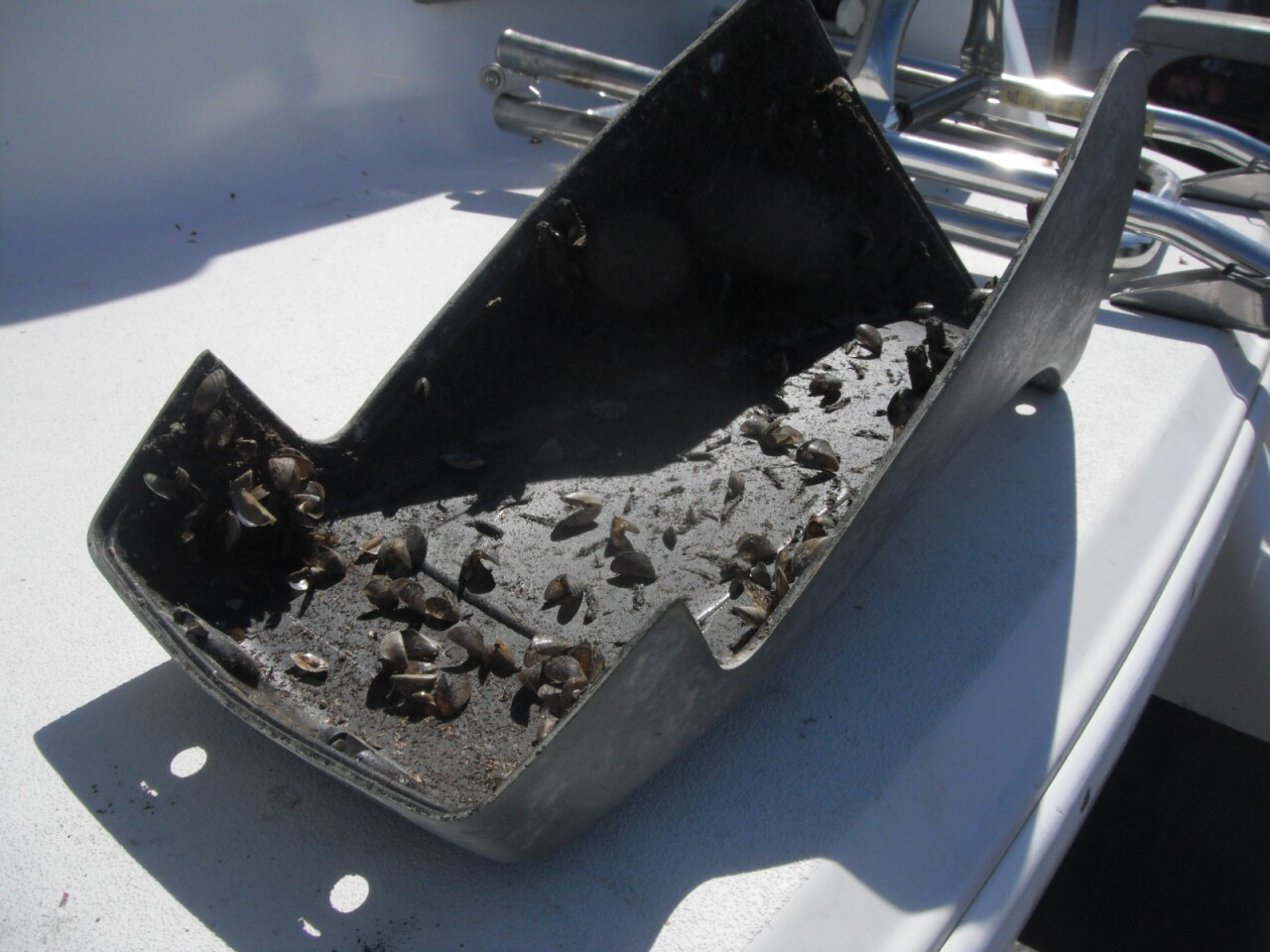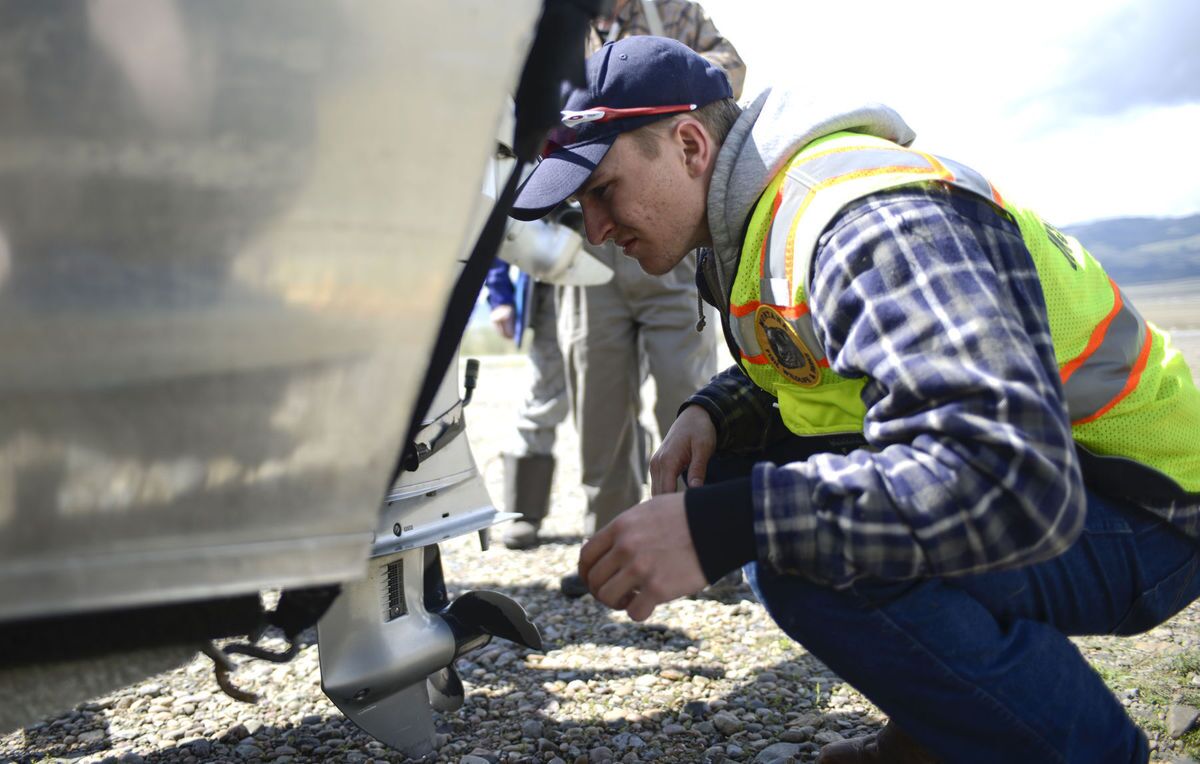1. Invasive Mussel Larvae Were Found in Montana in 2016
FWP detected invasive mussel larvae (also known as veligers) at Tiber Reservoir two years ago. Because it’s such a great place for fishing, they likely arrived after attaching to a motorboat that had been in mussel-infested waters out of state.
Luckily, no more larvae have been detected since, which Hartzell says is good news — but it stills means Montanans must continue to be extra cautious about their boating and fishing habits. Small populations of mussels can be difficult to detect, so early detection monitoring will continue on Tiber Reservoir for years to come.
2. Invasive Species Can Cause Problems for Both Animals and People
Zebra and quagga mussels, two types of invasive mussels from Europe now found in the U.S., eat the plankton other animals would feed on, causing food web impacts, and often devastating fish populations. Zebra and quagga mussels also promote algae blooms, which takes over lakes, releases toxins into the water and removes oxygen — all of which can result in large fish kills.
Invasive mussels can also get into water systems. In affected areas in the Southwest, dam operators have spent millions of dollars to clean mussel shells off turbines and structures, increasing the maintenance costs for power production. This cost is passed on to the public, resulting in increased power costs. With so many hydro-powered dams in Montana, this could be especially problematic here.

3. Invasive Species Can Affect Montana’s Incredible Fishing Opportunities
Another major group affected by invasive species? Fishermen and anglers. Montana is home to several blue-ribbon fishing sites, and because invasive mussels eat the same food fish eat, that could drastically damage fish populations in popular fishing spots.
AIS can affect recreation in a number of other ways, including clogging water intake on motors, limiting access points to waterways and causing safety hazards to unprotected feet.

4. Getting Your Boat Inspected Is the Law
There are a number of inspection stations across the state, and Montana law requires everyone transporting watercraft (motorized or non-motorized) to stop at any station they encounter. This includes rafts, drift boats, canoes, kayaks, paddleboards, personal pontoons and sailboats.

Your watercraft must also be inspected if you’re coming into Montana from out of state, you’re traveling west over the Continental Divide, you’re entering the Flathead Basin or you’re coming off Tiber or Canyon Ferry reservoirs.

5. The Most Important Thing You Can Do Is Clean, Drain and Dry
Because invasive species can hitch a ride on your boat and fishing equipment, the most important thing you can do is make sure to clean, drain and dry.
First, completely remove all mud, water and vegetation. Second, drain all water from your boat and equipment. Third, dry everything thoroughly — because aquatic invaders can only survive in a wet environment.
“Our best thing to do is keep aquatic invasive species out of Montana,” Hartzell says.
For more information about FWP’s AIS program, visit CleanDrainDryMT.com or call (406) 444-2440.
Helena, MT 59620
Phone: (406) 444-2440











